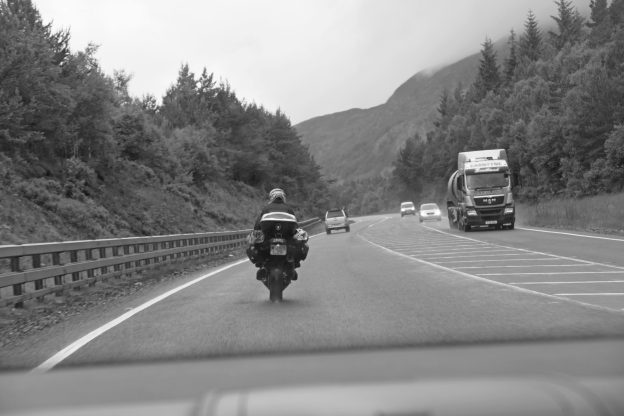While retail vendors, hotels restaurants try to change their location to circumvent the ban, liquor companies will have to bear the losses or change their strategies to cut losses.
Supreme court had on March 31 refused to relax its December 2016 order banning liquor outlets along 500 metres distance of national and state highways.
The court modified the order slightly to reduce the distance to 220 meters for municipality areas with population of under 20,000. It also exempted Sikkim and Meghalaya from this 500 metre limit. Further, it allowed the licences issued before December 15, 2016, and valid beyond April 2017 to continue until the licence expires, or September 30, 2017, whichever is earlier. Licences would remain valid till end of September for Telangana and end of June for Andhra Pradesh.
As India’s recent ban on liquor stores along highways displaces outlets, the nation’s distillers are bracing for a drop in sales of as much as 8 percent this year, biting into the country’s $31 billion spirits market, according to a local maker of whiskey, vodka and rum.
USL says that the Supreme Court ban on alcohol sales near highways will have a short-term impact on its sales.
Anand Kripalu, Chief Executive Officer of the Diageo plc-owned USL, said the company “expects the impact to be mitigated eventually and where it doesn’t get mitigated the consumption will shift to other outlets”.
Following the ban, USL shares took a 15 per cent slide but after assurance from its CEO, the shares recovered to a healthy ?1,961, up nearly 3.5 per cent. The company said it will grow topline by double digit and improve operating margin to mid-high teens.
Industrywide sales would drop by as much as 15 percent in the next three months as about 40,000 outlets, including retail shops and restaurants, stopped selling spirits, wine and beer after the ban took effect April 1, Deepak Roy, executive vice chairman of Allied Blenders and Distillers Ltd., said in an interview. ABD sells around 36 million cases.
India is largely a whiskey and spirits dominated market and per capita consumption of beer in India is about 2 litres per person a year, minuscule compared to the global average of about 30 litres.
The top three companies USL, Pernod Ricard and ABD which account for 60 per cent of sales have seen zero per cent growth.
Guillaume Girard-Reydet, managing director, Pernod Ricard India, is of the view that several adverse regulatory changes and trade bans in recent months have posed difficult growth environment for the spirits industry.
In the past, Pernod Ricard India has demonstrated good resilience. But, going forward, it will be challenging for the industry as a whole to continue with the same level of performance in the short term, Guillaume pointed out.
Roshini Jaiswal’s first venture was a lounge bar called 180 Proof in Bengaluru. Bars, lounges and pubs are a tough business. With the Supreme Court ruling of not permiting bars, restaurants, liquor vends 500 kms away from highways, her liquor business if feeling the heat. Demonetization qffected the business by 25 per cent and with 25 per cent of the vends along the highway this could impact the business in the short term. The ban does not address the problem of drunken driving. By restricting sale it does not mean consumers cannot get their drinks. Drunken driving is best stopped by creating highway patrols even to the tune of 100,000 by hiring people who can revoke licenses of people who break the law of drunken driving, she advocates.
Carlsberg saw Indian volume decline almost 20%, a steep fall from about 15-20% growth it has been posting for nearly a decade. Excluding Bihar, a state where liquor was banned last April, Carslberg India’s volume declined 15% in the first quarter.
After the Supreme Court’s mid-December judgement, several companies chose channel de-stocking as there wasn’t enough clarity on the implementation, which in turn hurt their January-March sales even as nearly 30,000 shops were shut in April.
Carlsberg India chief executive officer Michael Jensen said last year that India was the most difficult market in the world, referring at that time to Bihar’s imposition of prohibition after he invested $25 million to set up a plant near the state capital Patna in 2014. “It is very detrimental for investor confidence,” Jensen had said.
India’s beer sales fell 2% in the year to March 2017. Yet, the industry expects to grow 5-7% during the fiscal on the back of new launches.
Experts say the impact on retail outlets will be transitionary as they move away from highways in due course of time. Retail consumer demand would shift to shops, which are away from highways.
Heineken, Anheuser-Busch InBev, and Carlsberg — which together control about 90% of India’s beer market — are introducing about a dozen new beer brands to fend off sales bans in a few states, shrinking store networks and stagnant demand in a warm, tropical country with promising demographics and increasing affluence.


